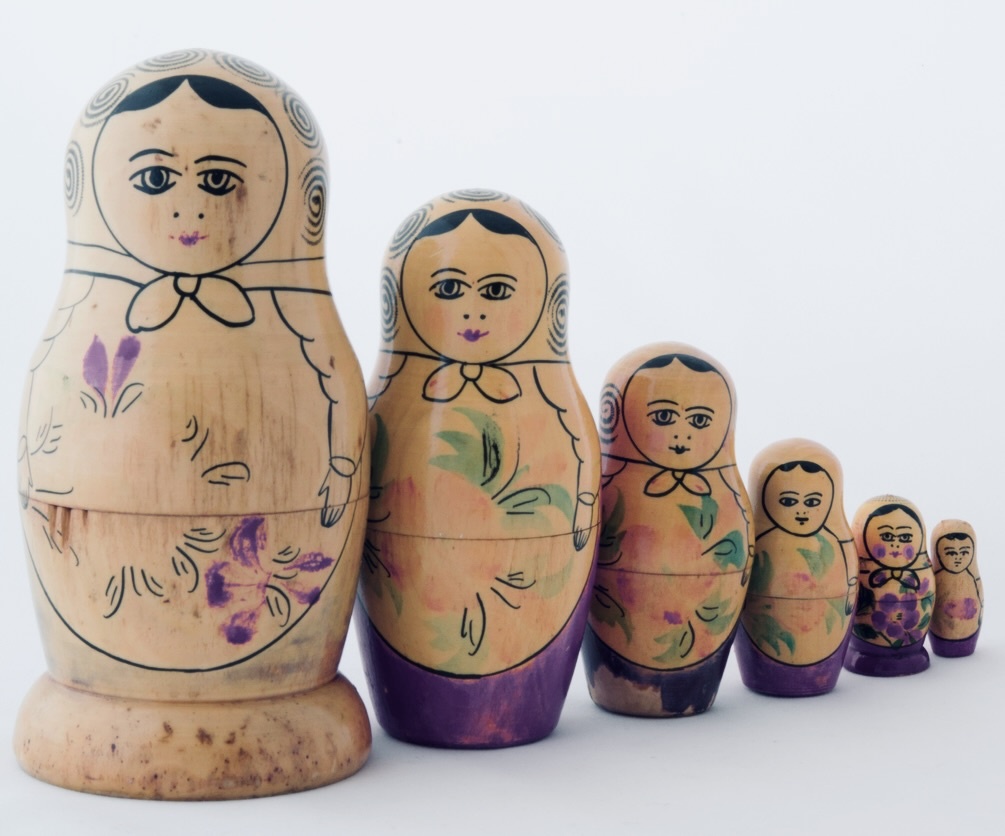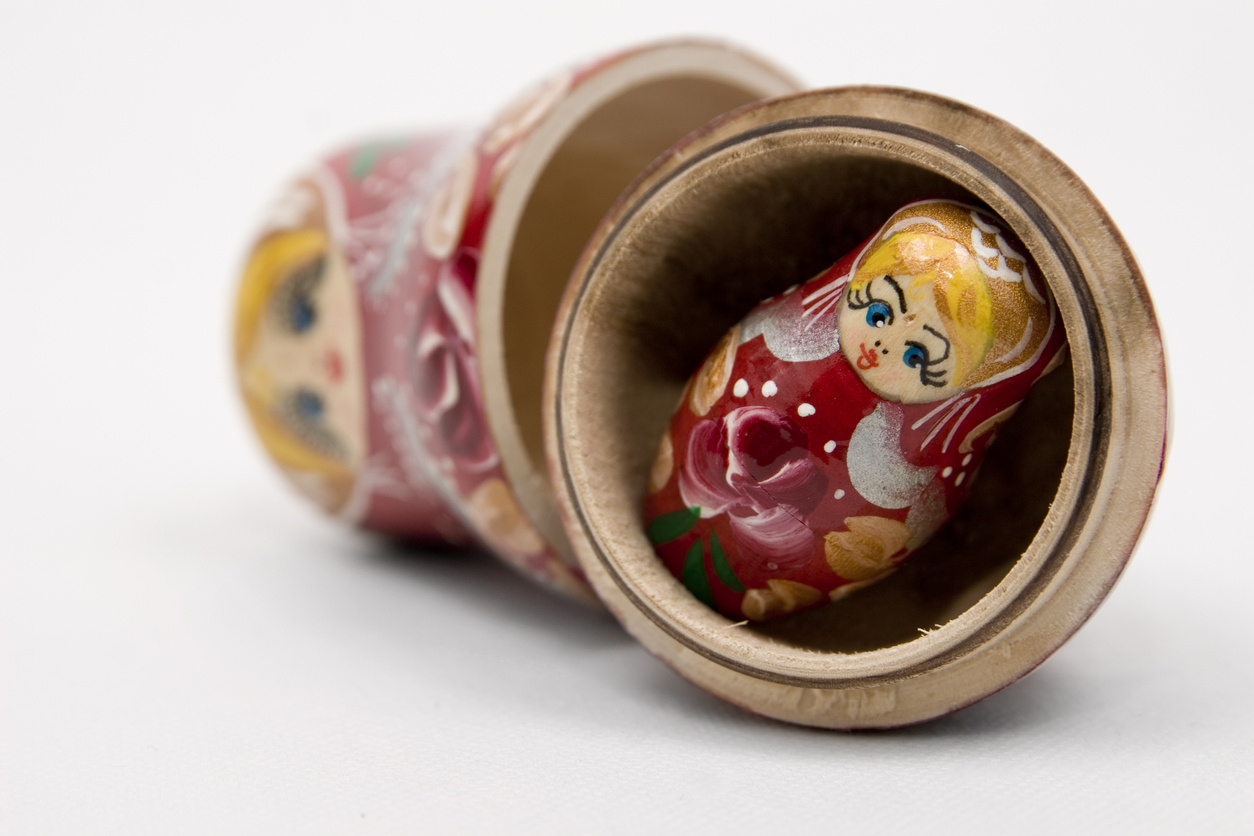
You can download the original pdf-formatted version of this article here.
David vs. Goliath
The American Viticultural Area aka AVA
Book of Bertil 21.01
"Goliath set out from the Philistine side and challenged the army of Israel to find a man strong enough to win a duel determining the outcome of the fight between the two nations. This provocation was repeated daily for 40 days, morning and evening in the Terebinth Valley. Finally, David, a young shepherd approved by God, took up Goliath's challenge. After declaring that he was coming against him with God's support, David threw a stone at him with his slingshot. It sank into Goliath's forehead, and he fell to the ground. David took his sword and finished off the giant by cutting off his head."
Samuel 17:32-37; 48-49
CHAPTER 1.0
Preamble:
It is thanks to prohibition (1920 to 1933) that all the structures and regulations of American winemaking, under the aegis of the ATF (Bureau of Alcohol, Tobacco and Firearms) changed, and finally offered the chance to the recognition of the concept of "Terroir" and "Identity Viticulture of Origin". To understand the foundations of the development of AVA, it is important to understand briefly and concisely, the origin, history, and concept of French AOC (Appellation d'origine contrôlé-1936) and AOP (appellation origine protégée-2006) European.
21.1.1. France
The leprosy crisis of Phylloxera* (1875), the First World War (1914-1918), and industrialization (exodus from the countryside to the cities), are the sources of the creation, for purely economic reasons, of the legislation of the French Appellations d'Origine Contrôlées. In general, except for "fine" wines (Bordeaux châteaux, Burgundy of the Auspices of Beaune, Château Neuf du Pape, etc.), so-called "ordinary" wines were not exported outside the region of origin of production. These wines were produced to meet local needs for current consumption, because at the time for reasons of health, wine replaced water in the daily consumption of the French.

Due to new inhabitants who came from the countryside to the cities for factory work, the demand to produce regional wines jumped in the various French wine productions to be delivered to the cities. The trade in ordinary wines had just been born. But alas, the destruction of a large part of the French vineyards caused by phylloxera and the war stimulated the merchants had reduce the number of vines able to produce. So, to satisfy this new demand, the merchant falsify the regional origin of the wines in order to sell them under the names of "geographical appellations" of prestigious regions, and this without scruples. This practice allowed intense commercial competition but not representative of the qualitative origins and ancestral practices of the production airs. It is therefore Baron Le Roy and Joseph Capus in 1924 who will initiate the first legal steps to create laws and regulations of AOC, to guarantee the certified origin of the geographical authenticity of the wines sold. (May 15, 1936)
Legal definition of AOC:
".. is a label to identify a product whose manufacturing steps (production and processing) are carried out in the same geographical area and according to recognized know-how. It is the combination of a physical and biological environment with a traditional human community that founds the specificity of an AOC product, with definition in a specification. (Cahier des charges)"
Definition of Cahier des Charges (simplified):
It sets the rules concerning the management of the vine - authorized grape varieties, density, trellising, pruning, date of harvest etc. It also determines the rules on winemaking, ageing and packaging, storage (authorized practices, limit to the use of a practice, levels to be respected, minimum and maximum authorized alcohol content per volume, etc.). Finally, it lists the common and more specific reporting obligations for the specific AOC.
CHAPTER 2.0
21.2.1 Tribute to Frank Schoonmaker (1905-1976)
USA The creation of 1905-1976) of AVAs
Even though the English, since the beginning of the 15th, century imported and planted European vines on the East Coast, it was not until 1522 (Mexico) that the Spanish conquistadores succeeded and extended the plantation of Vitis Vinifera (European vine) via the missions on the west coast of California. But it was not until the gold rush in the Sacramento Valley (1845-1855) that the creation of commercial plantations of European vines arrived. From 1855 until the time of prohibition 1920, wine production was based on the production of an aromatic alcoholic liquid without consideration for its intersect quality or a typicality of its origin. From the end of prohibition (1933) until 1981, the U.S. government did not tell American wineries what they could and could not put on their labels. As a result, for reasons of marketing and commercial competition, there will be a complete lack of transparency in the sale of American wines, and wines will be sold under erroneous labels of foreign regions and designations of origin. It was therefore possible for the consumer to buy in USA a Sauterne(s), a Brunello, a Chablis, a Port or a Sherry from wines made from unidentified American grape varieties. The result, unfortunately, has been that wine labels have become almost useless, from the point of view of conveying accurate information to the consumer.

21.1.2 New Wave
It was thanks to the economic boom following the repeal of prohibition, that a new class of wine professionals appeared. Educated and politically savvy, these consumers, merchants, traders, importers, and writer-critics, were aware that the regulation on labeling in Europe guaranteed the authenticity and intrinsic origin of the product and therefore a certain guarantee of quality and market value. It is therefore for ethical and economic reasons (unfair competition) that they requested that the United States implement a similar approach.
One of these professional detractors was Frank Shoomaker. Writer and wine enthusiast, he dedicated his life to writing on the subject, especially on the importance of legislation, and "... The creation of simple, honest, and informative wine labels.” focus on the origin and content (grape varieties) in the bottle. This radical approach proposed in 1934 would take almost forty years for momentum to build enough for the U.S. government to establish the AVA system in 1983.
21.2.3 Money Money
Even though the basic concept was to establish legislation identical to that of the French AOCs, the strength, the money and the lobbying power of American wine producers, forced many compromises in the AVA legislation for them to be implemented. Even if it is imperfect, it still represents a big step in guaranteeing consumers the origin of the product. A clever result that adopted the policy of compromise so that Goliath would not seem to have been defeated, while letting David emerge victorious.
AVA
Even though the basic concept was to establish legislation identical to that of the French AOCs, the strength, the money and the lobbying power of American wine producers, forced many compromises in the AVA legislation for them to be implemented. Even if it is imperfect, it still represents a big step in guaranteeing consumers the origin of the product. A clever result that adopted the policy of compromise so that Goliath would not seem to have been defeated, while letting David emerge victorious.
TTB US Department of the treasury
AVAs are defined geographic areas that include a common similarity of a particular climate, geology, soil, and altitude. AVAs have no limits on the minimum or maximum size of a defined area, grape cultivars grown, viticultural practices or winemaking procedures. These are AOCs without the regulations as to ancestral know-how recognized, and or has supervised human interventions. There are now 267 AVAs scattered over 34 states in our country.
CHAPTER 3.0
21.3.1 Understanding AVAs according to the principle of matryoshkas (Russian Dolls)
On the same principle as the French AOCs, the smaller one fits into the larger one and so on. The larger the size, the more generic the particularities of the AVA will become in its specificity. In this case we can define the characteristics of the AVA simply to the geographical regulation of the origin of the grapes used for the manufacture of wine (85% of the grapes must be of geographical origin of the AVA). And so, the smallest of the AVAs nested in a larger AVA of the same geographical origin, will be unique and particular in its own typicity. Since 85% of the grapes will reflect the specific characteristics of the soil, and the climate. This is the first definition of "Terroir"
Definition: TERROIR
The terroir can be defined as the field of expression of the vine and the grape varieties thanks to the three components that are the soil, the climate, and the man.
The US regulation of labelling makes it possible to further restrict specificity. Because if the winemaker indicates the origin of the vineyard "the name of the vineyard" (a very small doll) then 85% of the grapes used must come from this specific vineyard. Since the “Estate bottled” is indicated on the label, that’s means that 100 percent of the wine came from grapes grown on land owned or controlled by the winery, and both the winery and the vineyard must be located within the boundaries of the labeled viticultural area. The winery must crush and ferment the grapes, and finish, age, process, and bottle the wine in a continuous process on its premises.
21.3.2 Not regulated, but logical:
If the label includes the specific name of the winemaker, then we can conclude that the "Human" factor will also be present, since it will be a decision-making element when has the approach and has a unique style reflecting his personal wine philosophy and practice (tradition).
Warning and clarifications:
While AVAs are regulated by the federal bureau, this does not prevent each state from bringing their own more restrictive or specific regulations within their legislative boundaries. It is for this reason that all wines displaying AVA California require that 100% of the grapes be produced, vinified, and bottled in the state.
The law orders the minimum, but this does not prevent the vineyard or winemaker from having more demanding practices and applying complete transparency on the label of the type, and the origin of the wine.
Hilarious conclusion:
If the AVA seem to be the mediocre copy of the puritanism of the French AOC. However, it is the American model of AVAs that was retained and applied in 2006 for the conceptualization of AOPs (appellation origine protégée) that regulate labelling throughout the European geographical territory.
ADDDUM
AOP:
The Protected Designation of Origin (AOP) refers to a product whose production stages are carried out according to recognized know-how in the same geographical area, which gives the product its characteristics. It is a European sign that protects the name of the product throughout the European Union. It is the notion of terroir that underpins the concept of Appellations of Origin.
Careful:
A state is a specific territorial legislation, an AVA bearing the name of a state will have its own geographical identity delimitation. It will be the same for County, Region, City name etc...
A specific county or region is not an AVA
AOP:
But the AVA can use the name of the region or a County, if and only if the ATF has approved the geographical delimitation and name of that AVA.
"Leave free or Die" Attention!
This certification of origin does not give you a guarantee on the quality of the wine, or either a guarantee that the wine has been produced with a healthy practice, without inputs, and without chemicals. To guarantee this, choose wines that inform you on the label of practices and-or certifications such as: Sustainable, Organic, Biodynamic, Naturel, Demeter. Choose and support winegrowers and winemakers are honest and passionate. We call them "Authors' Winemakers" at Bonde Fine Wine, and this is our Certification to you.
Mr. B
*Memorandum: My words and opinions in these newsletters are and would always be personal, and I intend to offend. I always accept that others have the full right and duty to challenge me, to argue, and, if it is necessary, excommunicate me from their beliefs (often dull and hollow) because I would act the same way if it were the other way around.





